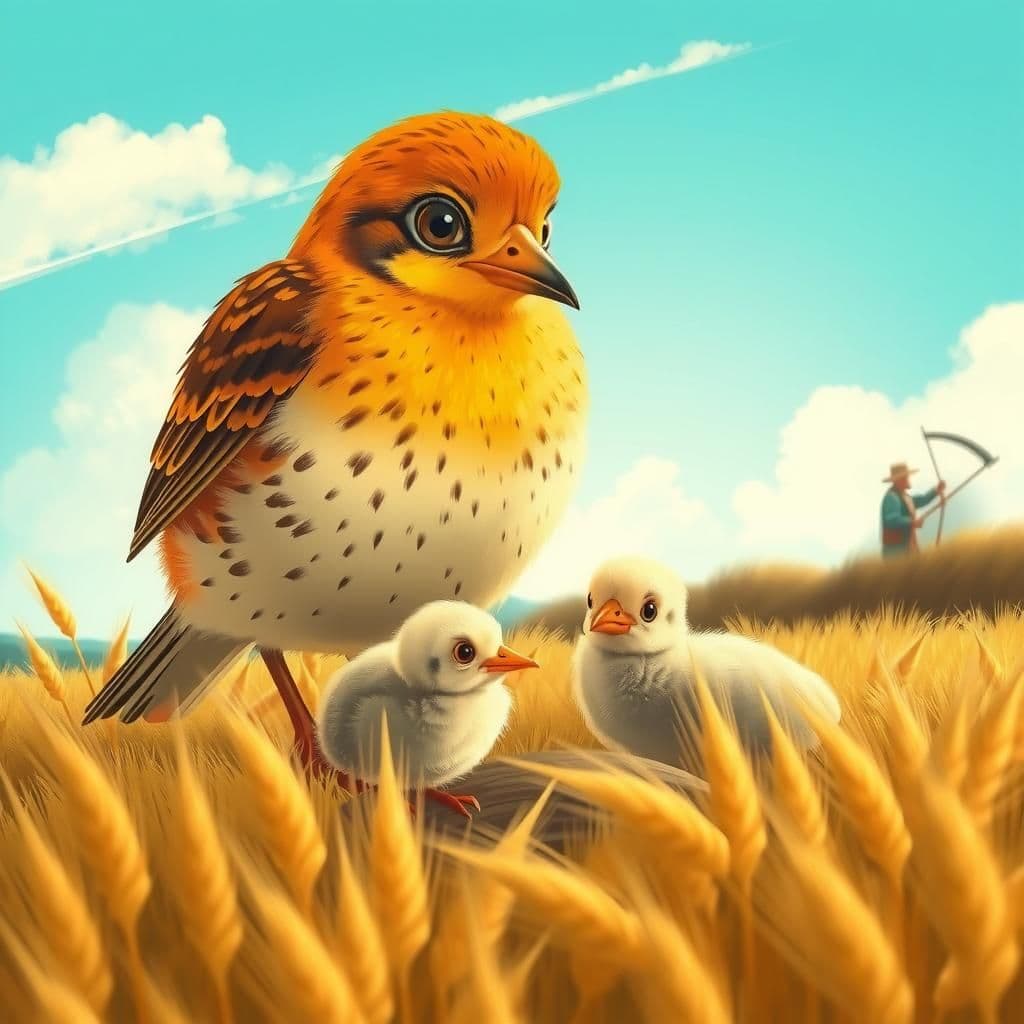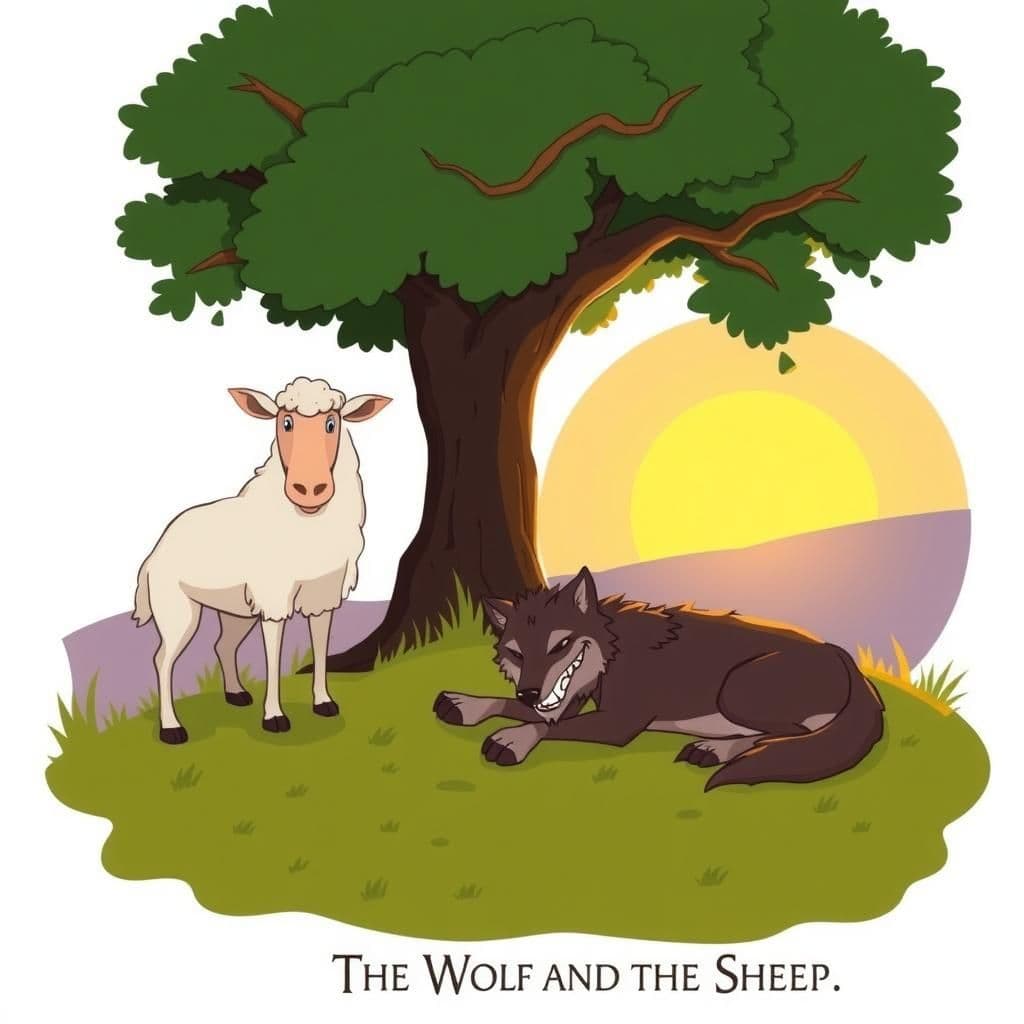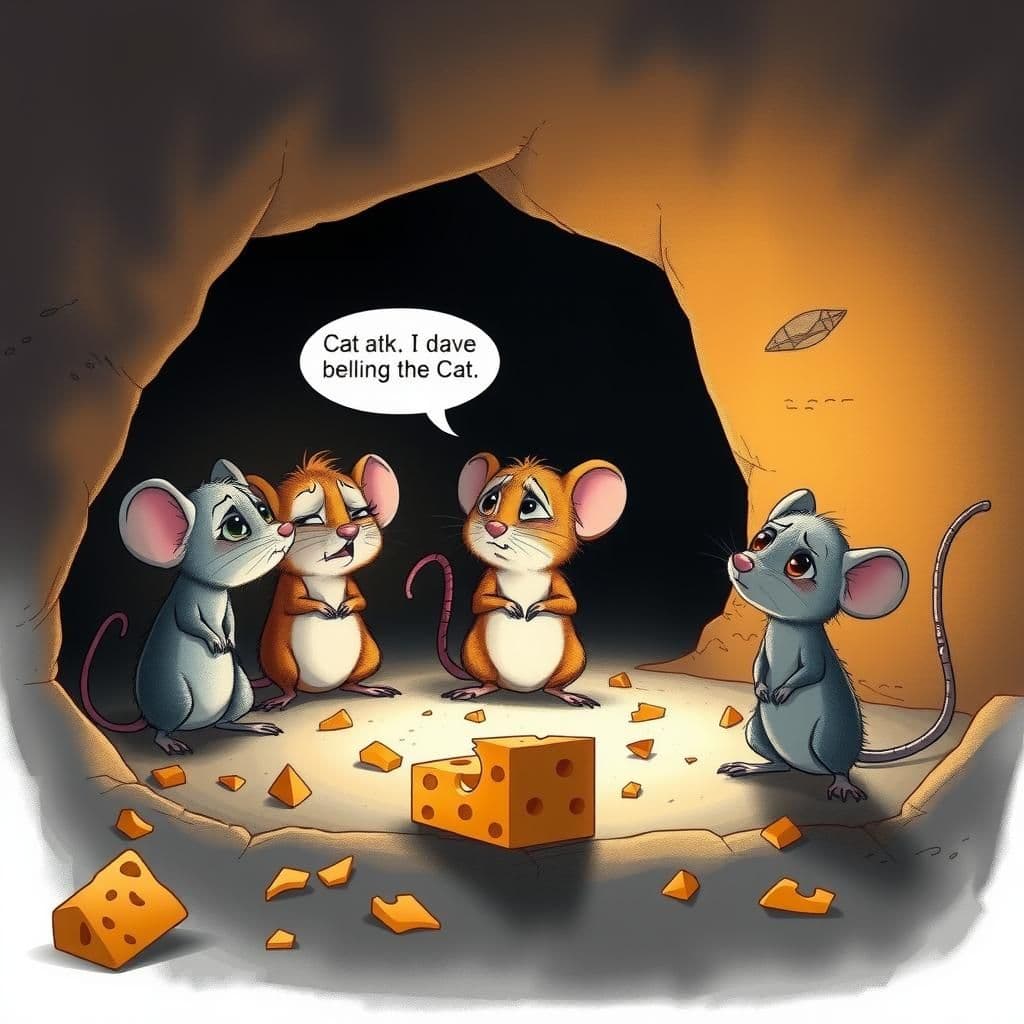The Lark and Her Young Ones

Story Summary
In this entertaining moral story, a Lark and her chicks learn the importance of self-reliance when the owner of their wheat field decides to harvest himself instead of relying on neighbors. Initially unconcerned, the mother Lark realizes the seriousness of the situation and prepares to move her young ones to safety, illustrating the life-lesson that self-help is the best help. This fable exemplifies the valuable lessons learned from stories that emphasize the importance of taking initiative in challenging times.
Click to reveal the moral of the story
Self-reliance and initiative are essential for achieving one's goals.
Historical Context
The story of the Lark and her brood is a fable attributed to Aesop, a Greek storyteller from the 6th century BCE, whose fables often convey moral lessons through the lives of animals. This particular tale emphasizes the value of self-reliance and the importance of taking action when faced with a challenge, a theme commonly found in various cultures and retellings throughout history, underscoring the universal wisdom that one should not solely rely on others in times of need. The fable's enduring relevance highlights the cultural appreciation for self-sufficiency, a principle echoed in many philosophical traditions around the world.
Our Editors Opinion
This fable emphasizes the importance of taking initiative and relying on one's own efforts rather than waiting for others to assist. In modern life, this resonates in scenarios such as a team project at work—when a colleague consistently relies on others to complete their tasks, they may not achieve success. However, when they take responsibility and tackle their own workload, they often inspire collaboration and ensure the project's success, demonstrating that self-reliance is key to achieving goals.
You May Also Like

The Goatherd and the WildGoats
In this short and moral story, a Goatherd attempts to win over Wild Goats by feeding them better than his own during a snowstorm. However, when the Wild Goats leave for the mountains, they reveal that his favoritism has made them cautious, teaching a valuable lesson: old friends should not be sacrificed for new ones. This quick read story with moral highlights the importance of loyalty and the dangers of betraying long-standing relationships.

The Wolf and the Sheep
In this unique moral story, a wounded Wolf deceitfully asks a passing Sheep to fetch him water, promising meat in return. The Sheep, recognizing the Wolf's true intentions, wisely refuses, illustrating the importance of discernment in the face of temptation. This culturally significant tale serves as an inspirational story with a moral, reminding us that hypocritical speeches are easily seen through.

Belling the Cat
In the thought-provoking moral story "Belling the Cat," featured in folklore and moral stories collections, the mice convene to devise a strategy against their enemy, the Cat. A young mouse proposes attaching a bell to the Cat for early warning, capturing the group's enthusiasm, until an old mouse questions the practicality of such a plan, highlighting the challenge of implementing creative moral stories that offer seemingly clever solutions. Ultimately, the tale illustrates that it is easy to suggest impossible remedies, prompting reflection on the effectiveness of proposed solutions.
Other names for this story
Lark's Lesson, Wings of Wisdom, The Harvest Warning, Lark's Escape Plan, Nature's Insight, The Cautious Lark, When to Fly, The Wise Mother Lark
Did You Know?
This fable illustrates the theme of self-reliance, emphasizing that true commitment and determination come from taking personal responsibility rather than relying on others, a lesson that resonates across various aspects of life and decision-making.
Subscribe to Daily Stories
Get a new moral story in your inbox every day.